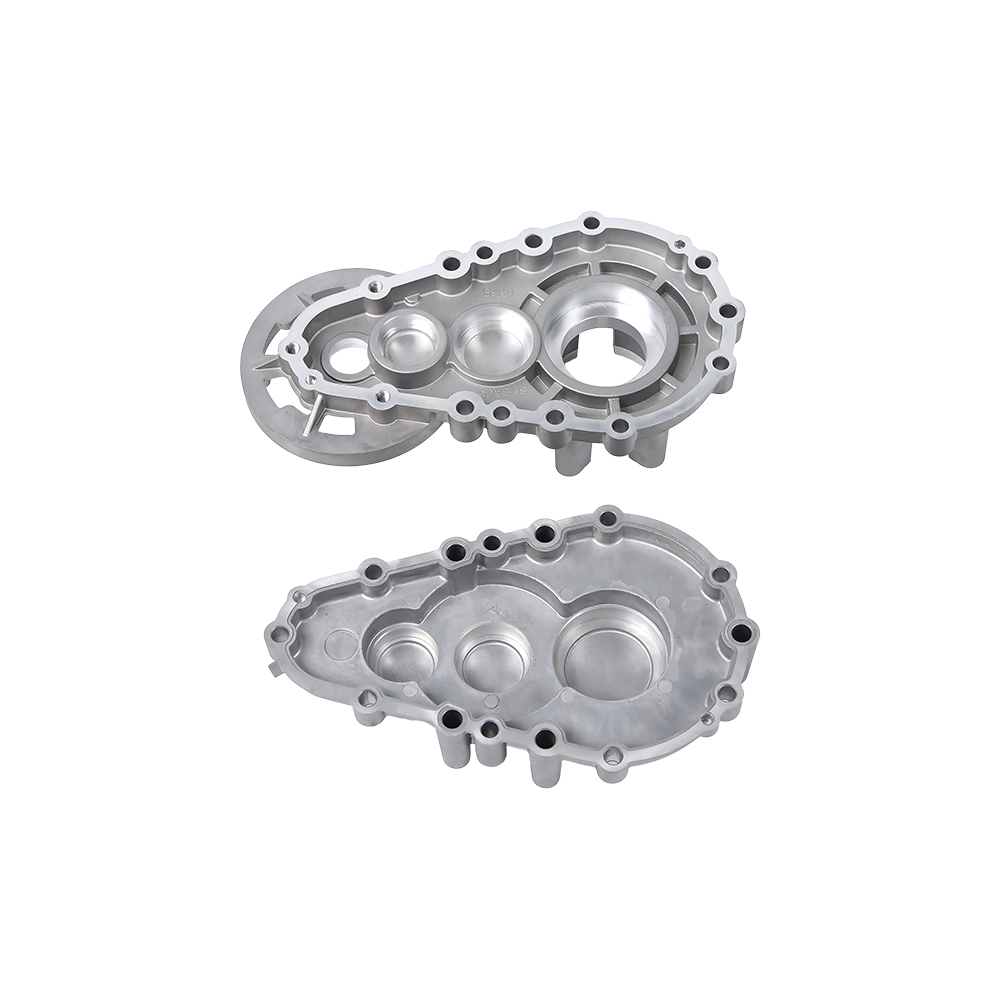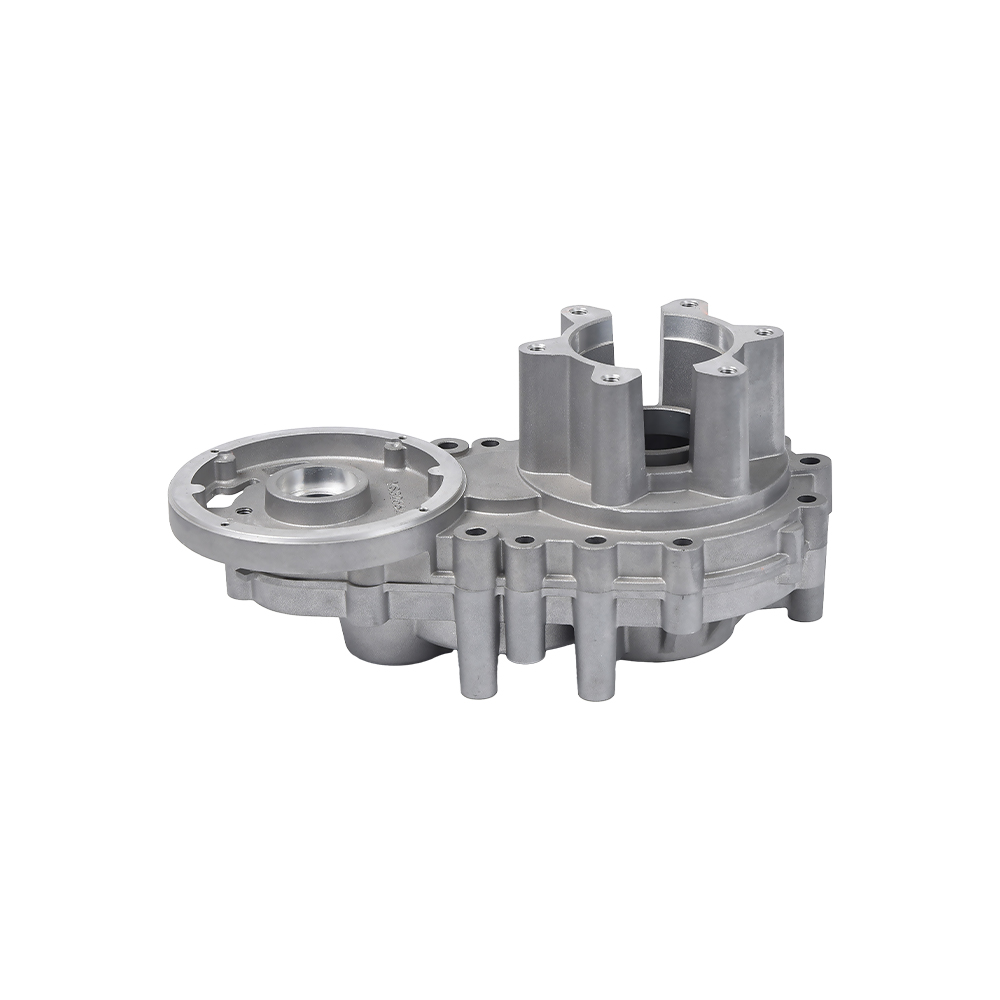The oil level in the motorcycle crankcase needs to be checked regularly and strictly, which directly affects the engine life and driving safety. Here are the key points:
1、 Core necessity
Risk of lubrication guarantee failure
Low oil level: Insufficient lubrication of crankshaft and connecting rod bearings caused by oil pump suction, and metal dry friction leading to cylinder pulling and tile burning.
The oil level is too high: the crankshaft hits the engine oil to produce foam, the oil pressure is unstable, and the lubrication of valve lifter and other parts is invalid.
Fault warning function
Abnormal decrease in oil level may expose leakage of sealing gaskets (such as box joints, crankshaft oil seals) or wear of piston rings (oil entering the combustion chamber).
Abnormal oil level in wet clutch models can cause clutch slippage and jerking during gear shifting.
2、 Standardize the inspection process
Check Condition
The vehicle is parked on a level ground, and the cold car is stationary for more than 10 minutes (measurement distortion caused by hot car oil expansion).
Clean the thread of the dipstick and reinsert it to avoid residual oil stains interfering with the reading.
Judgment criteria
The oil level must be between the upper and lower limits of the dipstick (preferably close to the upper limit), and it is strictly prohibited to go below the lower limit or exceed the upper limit.
If the color of the engine oil is cloudy and white, it indicates that coolant has infiltrated the crankcase (cylinder gasket is damaged) and needs to be repaired immediately.
3、 Principle of inspection frequency
Daily cycling: It is necessary to check before every long journey (over 200 kilometers) and after cycling on rainy days.
Old car models: Check every 500 kilometers or every week (aging parts are more prone to leakage).
Modified/high-performance vehicles: Increase inspection after intense driving (high temperature exacerbates oil consumption).
4、 Precautions
Disable substitutes
It is strictly prohibited to temporarily supplement gear oil or hydraulic oil when the engine oil is insufficient, as different viscosities and additive components can cause chemical reactions.
Operation taboos
Tilting the body or checking the side supports can cause misjudgment of the oil level, and a main support bracket must be used.
Abnormal fuel level in electronic fuel injection vehicles may trigger a malfunction light, and the diagnostic system needs to be synchronized.
| Task | Key Points | Critical Actions | Impact/Risks | Frequency |
| Internal Cleaning | Mandatory use of specialized cleaners: | Use crankcase-specific cleaner NEVER substitute with carb/brake cleaners | • Dissolves sludge/carbon without damaging seals• Prevents oil passage clogging | Every oil change cycle |
| Wet clutch compatibility: | Select cleaners labeled "wet clutch-safe" | • Avoids clutch slippage & transmission damage | ||
| External Cleaning | Prevent overheating & leaks: | Use pH-neutral degreasers Rinse 30cm+ from surfaces | • Removes mud/oil blocking heat dissipation• Reveals cracks/seepage early | Every wash or weekly inspections |
| Component protection: | Cover electricals & air intake NO high-pressure water near seals | • Prevents short circuits & filter contamination | ||
| Oil Level Check | Engine survival dependency: | Check ONLY on level ground, cold engine Wipe dipstick before reinserting | • Low oil ⇨ metal friction ⇨ seized engine• High oil ⇨ foaming ⇨ oil pump failure | Before long rides & weekly |
| Abnormal oil indicators: | Monitor color/texture Milky oil = coolant leak Rapid loss = seal failure | • Detects blown gasket or worn piston rings early | After heavy rain/performance rides |

 English
English русский
русский Español
Español










